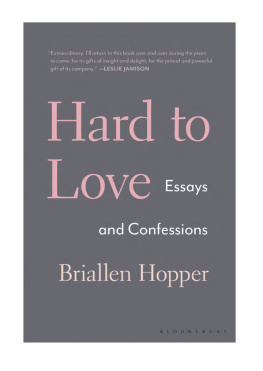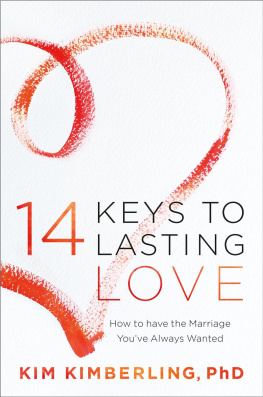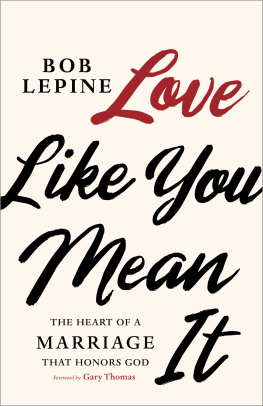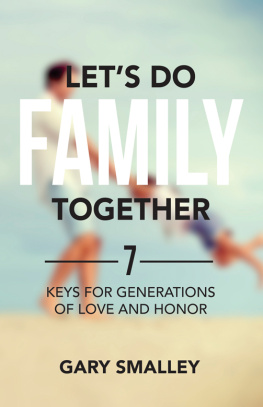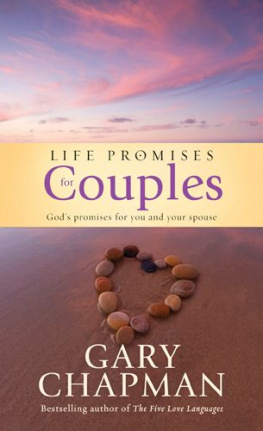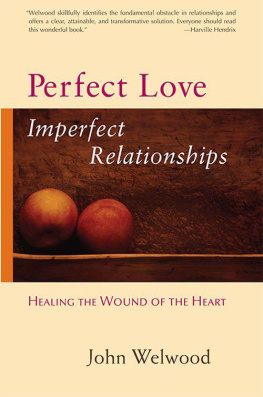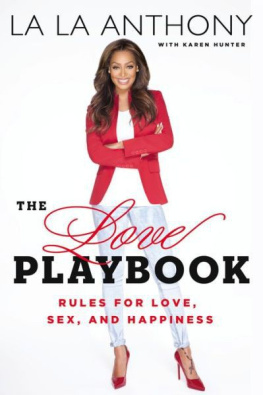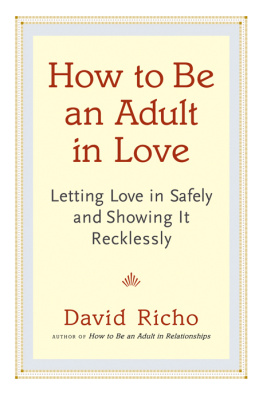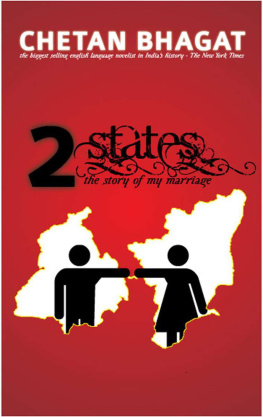This simple vegan chocolate cake supposedly dates back to World War II and the days of rationing. In her culinary classic The I Hate to Cook Book, Peg Bracken calls her vers i on "Cockeyed Cake:' It is also known as Wacky Cake and Crazy Cake. I got the recipe from Cathy years ago, and by leaving out some or all of th e cocoa and adding o th er flavors I have turned it into mocha cake, red velvet cake, funf e tti cake, and pink lemona d e cake. It is fast and almost effortless, and you can mak e it even when you've run out of eggs.
Pour the wet ingredients into the dry and stir it all together. The batter tastes l ike chocolate pudding, and since there are no raw eggs it's safe to lick the spoon . There is enough for two dozen cupcakes or two layers of a layer cake . Bake at degrees, about to minutes for cupcakes and l onger for cake. You'll know it's done when you stick a fork in it and it comes out clean .
Beat the butter and cream cheese together for several minutes till creamy (a hot red KitchenAid is quite useful for this). Add the vanilla and peanut butter. Then sift in the powdered sugar a bit at a time . Wait for the cupcakes to cool b efore frosting them.
Love Is Hard but S hort cake I s Easy
There is a hard way to make shortcake that involves painstakingly cutting small pea - sized pieces of chilled butter into triple-sifted flour, rolling out the dough unt il it is perfectly smooth and even, and cutting out each piece of shortcake with a biscuit cutter or an upside down glass tumbler. This is not that way. This is the easy way.
Begin by washing the fruit you're using, slicing it if necessary, sprinkling it wi t h brown sugar to coax o ut the juices, and putting it in the fridge in a covered bowl. My favorite flavor combina ti ons are strawberry and blackberry or peach and blueberry. You will also need cream. Whipped cream in a can is a magical food. If you make homemade whipped cream, drizzle a little molasses into it.
In a big bowl, mix:
cups flour
4 teaspoons baking powder
teaspoon baking soda
cup sugar (leave out the sugar if you want delicious drop b i scuits)
teaspoons salt
between 3 and 4 c up s heavy cream (enough t hat the dough is malleable bu t not impossibly sticky)
I t'sthick dough, so you will end up mixing it wi th yourhands . Form it intosixteen shortcake shaped lumps and drop them on cookie sheets and bake at 400 d egrees till done to taste. (I start checking on them after about ten minutes.) Some of my friends like their shortcake medium - well and toasted on top; others l ike it rare and tender. I like to make one sheet of each .
YOUNG ADULT CANCER STORY
On the Monday when 77ie Fault in Our Stars was the #1 movie in Ame ri ca, I spent the morning at Smilow Cancer Hospital at Yale New Haven learning abou t the intricate physic s of inter sec t ing radiat i o n beams and marveling at an animated scan of the inside of my friend Ash's body: a Rorschach image of ir r egular black-and-white shapes that each emerged and grew and shrank and vanished as we moved down from her shoul der s through her healthy heart, spotted lungs , scarred gastro-esop h ageal junction , stabilized li ver, and newly en l a rged lymph node.
I t was th e lymph nod e'sfau l t that As h and I co 1ldn't go see 771e Fault i n Our S tars together
that week as we'd planned. The node wasn ' t r espondjng to t r eatment, w hich meant that As h was headed to the city for a seco nd opin i on at Weill Cornell Medical College plus some quality time with her friend Ritu in Brooklyn .
Ritu -and I , alo n g wi th Ash's friends An n ette and Sarah, had read The Fault in Our Stars that spring at Ash's in s i s ten ce . During a ro u gh bout of chemo when she co u ld barely eat or drink, Ash read it ravenously , immersing her self in the story of Hazel Grace Lancaster, a teenager who ha s incurable Stage IV cancer, a hot boyfrie n d, and a distinctively wise and nerdy voice combining perceptiveness and s nark. Afterward A s h bought extra copies to g iv e away "You h ave to r ead it! " she kep t tell ing us.
Ash, Annette, Ri, and I once had a conversation about what makes writers different from ot h er peop l e. We concluded th at nonwriters worry that wr i ting abo ut their lives w ill get in the way of actually expe ri encing their live s, whereas wr i ters worry that if th ey don't write about something then t h ey'U fail to fully live it. By this definition and many others, Ash is a born wri t er,and th o u san ds of people have been moved by her ability to write abo ut her cance r through images of lit - up l eaves, sunsets streaked and broken like egg yolks , and the swift mov i ng shadows of b i rds in flight. Like Ha ze l' s, Ash's illness has always been tex t as well as fle sh; eve r s ince her first chemo spr i ng whe n s h e would w ri te at the in fusion center with the toxins flow i n g in and the words .flowing out as s he sat a nd scribbled by a SLtnny window tha t o verlooked a graveyard.
Mo s t of Ash's exper i ences wi th cance r can't be sh ared: Even whe n we are with her , h e r cells and side effects remain her s alone. But we try to share what we can, and so we've a ll been reading and watching The Fault in Our Stars. Ritu read it on her Kindle in New York while she was visiting another loved one wi t h cancer and went t o see the movie with her husband a few weeks later . Sara h listened to the audio bo ok at h ome in M inn esota while n ur si n g her n ew son and the n saw the mov i e w i th a frie n d . An n ette eage rl y bor r owed my copy w h en she came to visit a n d afterward we saw the movie " virtually together": She went to an afternoon matinee in Ill inoi s the sa me day I wen t to one in Co n n ecticut.
Personally , I read The Fault in Our Stars the way it s protagonist Hazel Grace Lanca s t er falls in l ove wi t h Augus t us Waters: slowly, and then a ll a t once. I started out r eadi n g it a chapter at a time in between the papers I was grading, and then I gave up on grarung and r ead st raight th rough till dawn.
I have no idea how I would feel about The Fault in Our Stars if I were one of the millions of teenagers who filled the theaters for months and kept the book on the bestseller list for years and flooded the internet wit h TFIOS memes, fan-fiction, selfies, and hashtags . I also have no idea how I would fee l about the story ifl were actually sick . I only know what it's like to read it as a woman in my mid -t hirties who is friends with a woman in her mid-thirties who, like Hazel Grace Lancaster, has incurable S t age IV cancer.
Lately there 's been a debate about why adults read YA nov els . It's impossible to generalize, but I suspect that we read them for many of the same reasons we read any other kind of literature: We are l ooking for new or familiar aesthetic experiences; for intellectual challenges, or escape, or equipment for living. And when we are reading fiction about an afflic t ion that is rewriting the story of our own lives, we r ead both for the simple consolations of identification with the characters and for the more complicated conso l ations of a perspective on our experience that i s not already ours.

